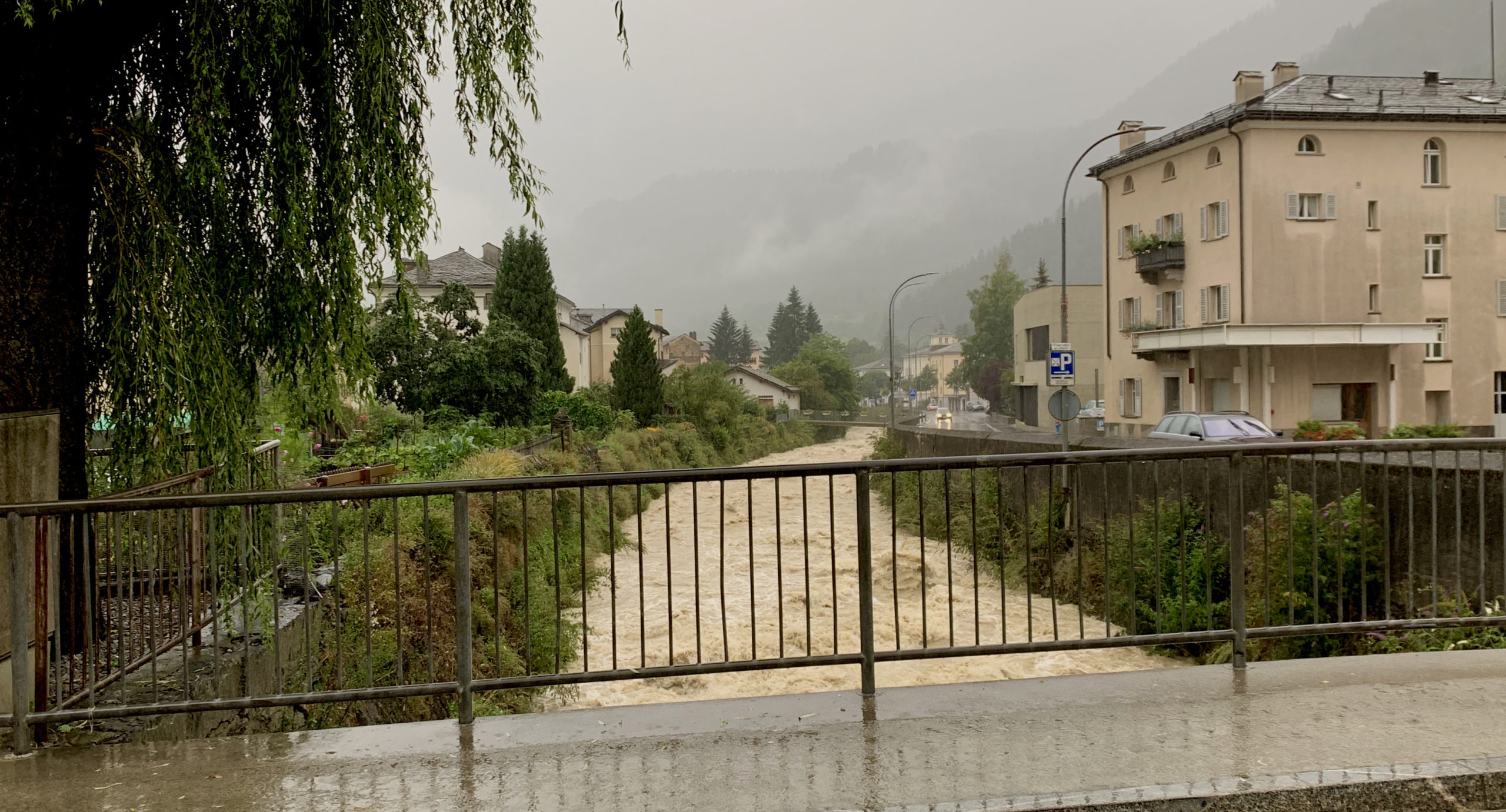An excursion across the border between the wanted and the unwanted – and then back again.
Essay by Pia Palme published in Herzogenrath, B. (2024). A Sound Word Almanac. New York: Bloomsbury. The essay is currently available in print only, a pdf via open source will be available soon. I give a glimpse here. Contact me for more information.
Rauschen – I look down from the bridge into the swollen river below. The roar of the brownish churning water rattles me entirely, from my ears to my intestines, as it thunders down from the Bernina mountain range. My fingers are numb as they fiddle with the camera and recording gear.
Rauschen is an ancient German word with no direct and precise translation into the English language. Within the vocabulary of sound, it is my favourite. In its noun form, das Rauschen is an impartial expression for a mostly broadband texture of noise. As a verb, rauschen is often used to describe the action of emitting / making / generating that specific kind of broadband noise.
It has been raining for days and the water level of the Poschiavino, the river that cuts right through the small town of the same name, has risen considerably. The ever-present Rauschen of the river has changed its register: it is much stronger now and appears to be moving faster. Lower frequencies dominate and occasionally there is a deep and very heavy rumble as large rocks tumble along the riverbed. The noise completely fills me up. I’m present with the noise. Rauschen is inseparable from what I perceive as ‘me’.
Rauschen (1) invades us, penetrates us: we have no choice but to surrender. Rauschen takes over. As the sound artist and theorist Salomé Voegelin articulates, Rauschen magnifies the fact that there is no distance between the sound and the listener (2). Rauschen can be perceived at any volume, from the deafeningly loud to the nearly inaudible. It can arise from any kind of source, for example, from natural sources, human or inhuman sounds, instrumental, mechanical, or technical occurrences. In a scientific context, Rauschen describes an unwanted signal, such as the noise of a distorted radio signal.
Listening to the river, I step across the border and become one with the roar. I am part of nature, nature is part of me. Rauschen is an ancient German word. Within the vocabulary of sound, it is my favourite, I think. I’m freezing in the rain.

(photo by Pia Palme)
Thanks to the Uncool Residency, Poschiavo.
Thanks to Molly McDolan for her comments and revision.
Footnotes
(1) In the following, the word Rauschen will be integrated into the text using normal lettering.
(2) Voegelin, S. (2010). Listening to Noise and Silence : Toward a Philosophy of Sound Art. London: Continuum International Publishing, p. 176
